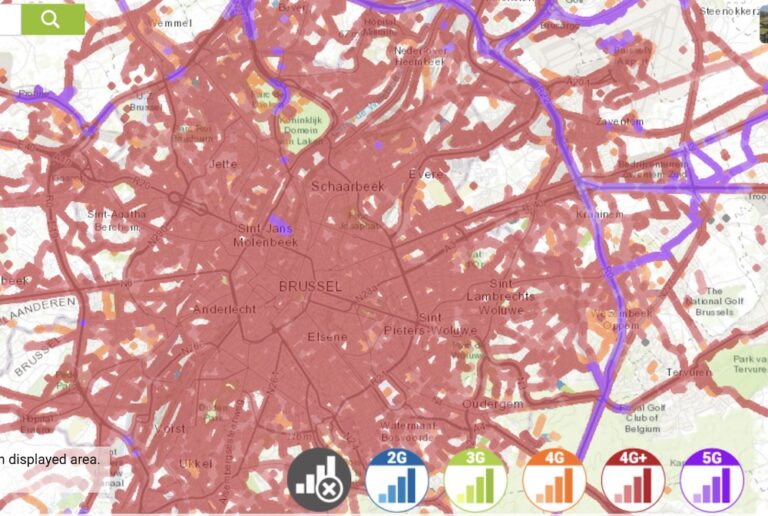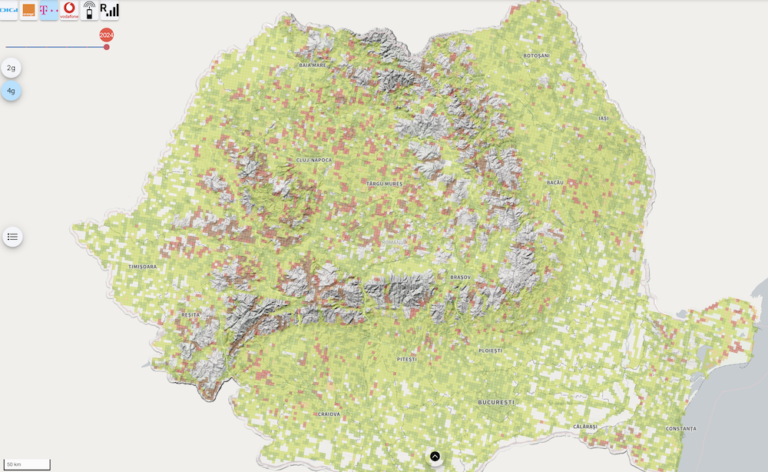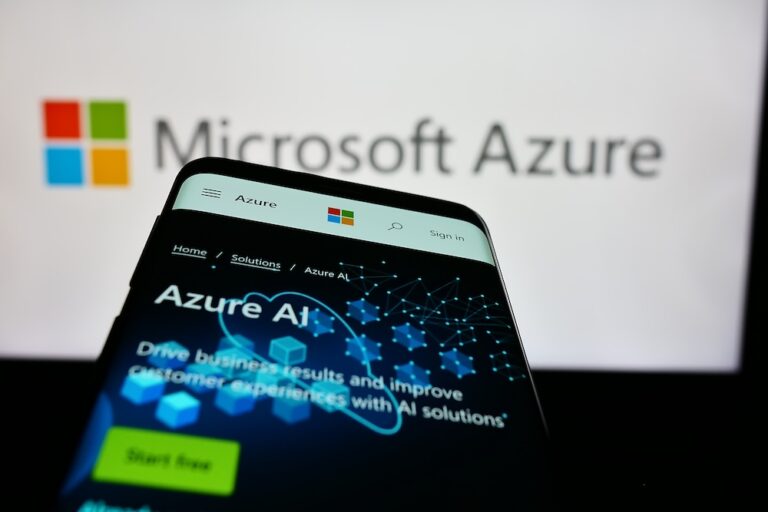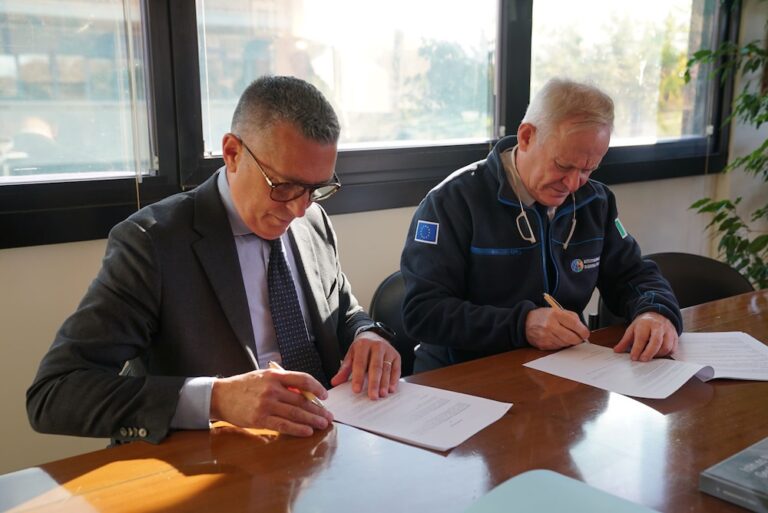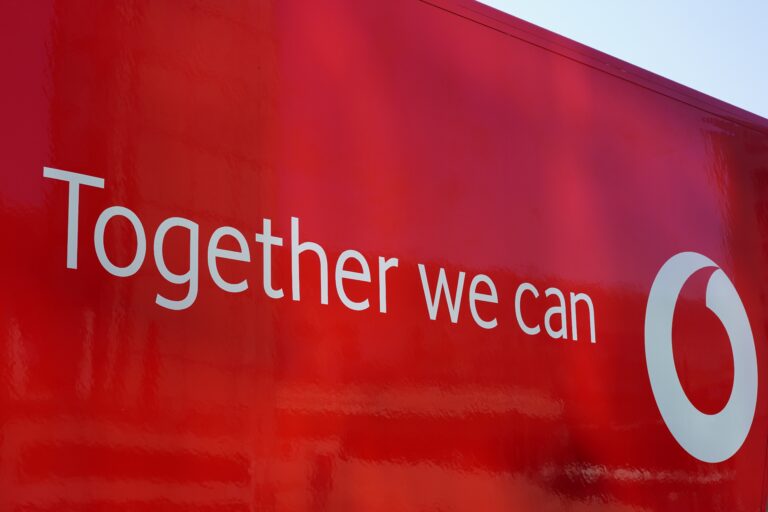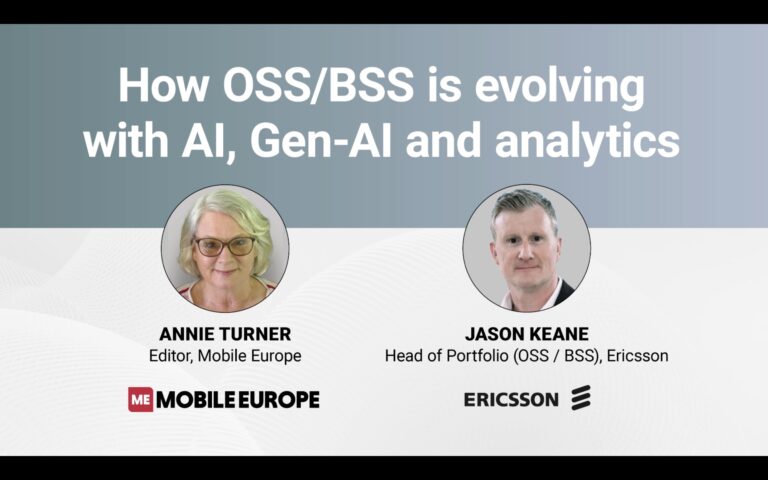NOTE: This is one of two interviews we recorded with Jason Keane on this topic - CLICK HERE to watch the other video.
Jason Keane, Head of Portfolio for OSS and BSS at Ericsson, talked to Mobile Europe’s Annie Turner about how these technologies will impact telcos and their customers.
Keane says Ericsson’s customers want a level of automation that will help them lower costs, get better value from their systems and grow their top lines. He says, “We see this with the advent of new 5G technologies, cloud native principles, public cloud providers – there’s a whole technology revolution that could…bring better customer experiences and new revenue streams for customers.”
Yet many telcos find it hard to decide where to focus their initial efforts and resources to capture new opportunities within BSS and OSS. Ericsson recommends identifying a key business or operational pain point.
The ultimate goals are being able to offer differentiated connectivity and open, programmable networks, using intent-driven, service lifecycle management. Keane explains, “You set the intention of how you’d like the service to behave and once that intention is set, the systems hunts constantly to meet that intention.”
Operators can gain many benefits on the journey towards those goals. For example, analytics and AI can be used for predictive purposes to prevent failures that otherwise might impact customers, but they can also enable operators to guarantee service parameters.
They can enable operators to make intelligent recommendations to customers at the right time by because they can analyse and act on the wealth of information carriers have about customers’ activities, habits and preferences in real time or close to it.
This is related to another area of interest that Ericsson is seeing with its customers –guided selling, using GenAI tech to answer queries like, “If we sell this, can we make more money? Can the network accommodate it? Then there’s product configuration…how can we simplify it? Can we improve network experience?,” he explains.
Keane goes on to discuss many other real-life deployments, experiments and possibilities of how these technologies can leverage value within the BSS and OSS. He concludes, “It’s an adventure and it’s a journey. This is an exciting evolution and I think for us overall, it’s about enabling customer to make better use of the data in our systems.”
This interview was sponsored by Ericsson. To learn more, visit: OSS/BSS evolution for successful 5G monetization – Ericsson
Transcript:
Lightly edited for clarity
<AT – Annie Turner> Hello and welcome.
Today we are going to talk about how OSS and BSS are evolving with AI, generative AI, and analytics.
Here with me is Jason Keane, who’s Head of Portfolio for OSS and BSS at Ericsson, to provide enlightenment. Welcome Jason.
<JK – Jason Keane> Hello Annie
<AT> Maybe we could talk about where and how you see AI and generative AI and analytics
helping in OSS and BSS?
<JK> Good question. If I start though, holistically, what’s happening in the industry and what customers are asking us for and asking Ericsson for is – there’s a transformation underway.
Now, there’s always been a transformation underway in the industry, but maybe more specifically, there is a level of automation that customers can now embrace to help lower the cost of operating and getting better value from their systems and also growing top line.
We see this with the advent of new 5G technologies, cloud-native principles, public cloud providers. There’s a whole technology revolution that could come in and bring up better customer experiences and new revenue streams to customers. It’s the background to where this all starts.
As part of that, maybe the two functions you mentioned, AI, generative AI or GenAI, allows customers to utilize these technologies, to automate in a way that they weren’t able to automate before.
A lot of customers have deployed analytics today but they’re quite static. In other words ‘Please report for me where something is happening or something else’.
But as we bring in the AI functions, including simple machine learning, and then the generative functions, we can see, you can actually help automate and help transform effectively.
If they’re actually done well, it really allows you to foster business growth, improve your customer satisfaction. But overall it delivers a better experience and it delivers better optimization, use of your underlying technology.
So what I see today is actually quite exciting because it’s been a challenging area to get through to transform, and embrace new technologies, What this unlocks is the possibility to do it faster and quicker.
<AT> Jason, I’m going to pick up on a phrase you just used there, which is – If it is done well. And I think that’s really key.
Nobody’s suggesting that this, the implementation of these technologies, is a simple endeavour.
How do you see the risks and challenges and, and how might they be mitigated?
<JK> I think really the challenges are – where should we focus?
You can go big and broad on this, and there’s a lot of excitement in the industry about what it can do.
But it’s where can we focus to capture new opportunities like within OSS and within BSS. We want to drive flexibility. We want to be agile. But where can I make the difference today?
The more successful use cases we’ve seen so far and everybody’s experimenting, people with a particular business difficulty they have or operation difficulty they have.
And they say – we’re going to operationalize that, we’re going to do something to make it better, cheaper, faster, quicker than we have before.
For example, one thing we see is on operating differentiated connectivity, and we have open programmable networks so we have something around what we call – more buzzwords – intent-driven service lifecycle management. What intent-driven means is, you set the intention how you’d like to service to behave. And once the intention is set, the system constantly hunts to meet that intention.
But it actually it’s a challenge of – where do we start in the organization?
Because within an organization, data science is a model itself, but really this is a blend of the two where we take information within my ecosystem and where we use it to enable either more efficient operations or top line growth.
<AT> OK. Also, I have found from long experience in telecommunications that often we tend to get overexcited about the technology and, really, the end we should start from is the business outcomes.
And, thinking more specifically about business outcomes for a minute, how do you think AI, generative AI and analytics could help lower costs and how will they?
There’s a lot of chat about these technologies, increasing revenue, but how exactly is that going to happen?
<JK> Good question.
Every business wants to lower their cost of operations or have better operational efficiency and grow top line. That’s the magic formula for every business.
But I think if we look for a moment, the actual value that our customers have is in their data and in their infrastructure, in what they know about customers. What the insights, the analytics do.
It allows you to collate that and bring it together such that you can do things. I can deliver this service in a better manner. I can provide a better service experience. I can provide intelligent recommendations, for example, that I can see from how this customer operates, the current situation on my network.
I can give them intelligence, I can sell them the right product at the right time. I can sell not just the right product, because I know that my operation efficiency is intact. I can sell you maybe a service level on that.
I can say, actually, Mr Customer, not only can I give you that connection, I can give you a service level around it. Make sure that it actually behaves itself, and I can charge you a premium for it.
With these kinds of new insights and tools we can actually get quite predictive, we can actually predict what’s going to happen. This item over here isn’t trending well, it’s normally trending like this. And it’s not trending well, not because there’s a heavy traffic load or not because the weather has deteriorated or not because there’s a system overcapacity. It’s because it’s simply not behaving itself. It’s going unwell, there’s a component failure or something else. So what can actually happen is we can use this to troubleshoot, we can go – how do we prevent this failure of service happening? How do we shift the workload? How do we compensate?
In a manual process today or within a manual procedure, that’s very difficult to do.
In Ericsson we have something called Expert Analytics that we can use to actually summarize and collect data, and then to help identify where issues could be, help identify with troubleshooting, help prevent issues from going on. Then ultimately it gives you operational efficiency which means you can sell with confidence some more. So they’re both related for this.
Another aspect we see where this can help grow top line is, we see it, for example, in what we call, talking with your data.
Imagine for a moment it’s, you know, the data you have your system, they’re very complicated. And it’s always been a bridge between the commercial guys and the technical guys. How to translate between those two languages.
You have the technical teams telling you that this is technically what’s going on in the systems, and the commercial teams telling you – we would like to sell more and so on. Which is a normal process.
However, if we merge that step and we allow you to have an English, or a local language dialog, with your system, you don’t have to go with complex technical queries to say something. You simply say: System, I would like to configure a product that will sell an extra $20 of revenue this weekend – please propose.
And it will talk back – I believe the following system or following commercial can help you do the following.
It’s a different way. We’re now no longer stuck in the technical queries. Ultimately, what I’m saying is – if we have more, faster, efficient processes with a faster configuration, getting products out the door quicker, supporting the market needs with the flexibility, it can help both, not just the top line, the cost and ultimately the bottom line, in real impactful ways.
<AT> Okay, so I think in the first part of that, the biggest message I took away was that you’re able to do granularity at scale to meet people’s needs more exactly, and in the service you provide. And the real magic that is the granularity and scale, because often you can do one or the other, but not both simultaneously. That seems to me to be a really big deal.
And in the second one, being able to talk to data rather than need code or whatever, seems to me to be an immense step forward operationally. Just a huge amount of time saved and effort.
<JK> Absolutely. Because then people could become more focused on the business and the revenue than the technology, which is what you want.
You want to be able to drive your business so you can compete faster and quicker.
<AT> Given what you said, how far away are we from implementing this? Where are CSPs on that journey today? I appreciate most of them, at the experimental stage, but…
<JK> Within the telco, we primarily see it in customer facing aspects. However, when we go down into it, what we see with customers today is – everybody’s exploring in different areas depending on where their business pain point is.
For example, we had a customer meeting 2 or 3 weeks ago, where they presented to us what they were doing and we saw use cases from customers where there are folks who are rolling out a new network. They’re actually using the generative AI to predict where they should have stock or inventory to replace the RAN.
They’re saying – if we ship equipment to the wrong locations, that’s expensive. You have truck rolls, you have people, capacity. They’re using it to predict where they should build next. It’s a very specific use case. But they’re saving cost from this and they’re actually delivering a much better experience for their internal stakeholders.
What I ask for them or what they’re saying to me is, we want to really determine where we should put our focus and efforts and resources into this, because it’s so big and such a powerful tool.
Where do we focus? While a lot of them are at the experimental stage, they’re also moving from the experimental stage to – actually, I think this can save costs.
And what they’re doing is applying it to places where they have a business problem already determining if it can actually improve it, and then addressing it, directly.
I suppose holistically, in the perfect world, the system maintains itself automatically. You just set your intent – I would like you to do the following, and it goes off and does it for you.
There’s a quite a journey to get there, but it’s starting already and I think this is good for our customers.
In a wrap to your overall question, I believe, and what we see from our customers is, that it is the operational efficiency you can do. There is a business case for that.
There’s also a business case to grow your top line. But really you have to look at where can I best deploy my capital to deliver this.
Other specific things we’re seeing with, with customers is, we’re seeing things like guided selling. In other words, and this may be familiar, but they would look at can we sell, should we sell this extra thing? If we sell this, can we make more money on this? Can the network accommodate it?
Product configuration I’ve mentioned as well – how we can simplify it? Can we improve network experience? Like a very practical example we see as well is rather simple – it’s invoice anomaly detection. When you do a bill run, maybe your normal bill run for an individual is $50. But for some reason this month it’s $500. Is that actually an anomaly or has the customer genuinely spent $500 on their invoice? Are they a good customer? Do we present them with bill shock? So we are improving customer experience.
So it’s used quite extensively all over the place.
But the issue for me is that I suppose it’s still the experimental stage.
It’s still a long way to go. It’s a journey. It’s an adventure and it’s a journey. And this is an exciting evolution.
And I think for us overall, it’s about making better use of the data in our systems, about understanding it better, getting better efficiencies.
Because ultimately if we do that, we will naturally grow the top line while improving operational efficiency.
<AT> Okay. And if there is one thing that CSPs are not short of, it’s data.
But as you say, it’s been making great use of that data that has been a real difficulty for a long time.
We live in interesting times.
Jason, thank you very much.
<JK> Thank you Annie.




